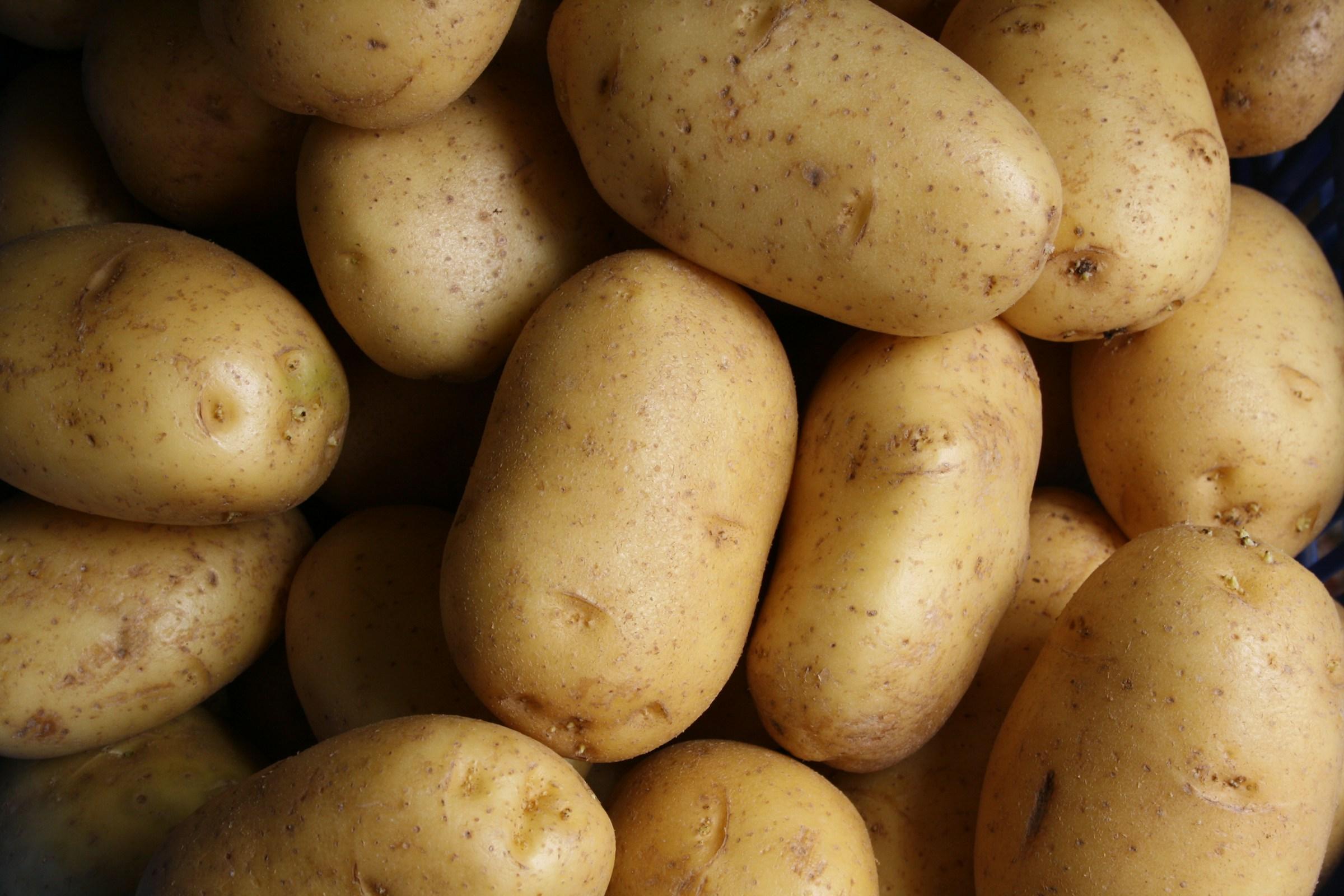Palm oil sits in a small bottle in the pantry, yet it touches arguments about health, labels, forests, and livelihoods. People ask about the side effects of palm oil as if there were a single tidy answer. The reality is messier and closer to everyday life. It lives in the taste of a curry that feels familiar, in a box of biscuits that stays crisp for months, in the smoky memories of a dry season, and in the paychecks of workers who depend on a crop that scaled fast. To understand the side effects, you have to hold several truths at once and resist the urge to flatten them into a slogan.
Start with health, since that is where many conversations begin. Palm oil is high in saturated fat, which can raise LDL cholesterol in certain diet patterns. That risk does not live in a vacuum. It moves with portion sizes, with the rest of the plate, and with cooking habits. Deep frying in any oil increases energy density and changes how often we reach for fried foods. Baking with palm oil helps cookies hold shape and texture, which can mean more sweets in the cupboard. At home, where a small splash of oil coats a wok for a quick stir fry, the risk looks different from a routine that leans on ultra processed snacks every afternoon. Health is a pattern, not a single ingredient. Palm oil can nudge the pattern in a direction that is less friendly to heart health, especially when it piggybacks on foods that already carry a sugar and salt load, yet the same bottle can also make a high heat dish possible without burning, which can be part of a balanced kitchen.
Processing is the next layer. Palm oil shows up not only as a cooking fat but also as a building block for shelf stable foods. Manufacturers like it because it is semi solid at room temperature, neutral in flavor, and inexpensive at scale. That means you see it in instant noodles, spreads, biscuits, plant based ice creams, and many vegan products that aim for indulgent textures without dairy. The side effect here is subtle. When an ingredient makes it easy to engineer long shelf life and pleasant mouthfeel, the market fills with convenient options that people tend to overconsume. A single crop becomes a quiet enabler of a food environment that leans toward energy dense, low fiber items. This is not a moral failing of palm oil, yet it is part of how it shapes behavior. If you are trying to reduce your intake of highly processed foods, learning the alternate names for palm derivatives on labels can be an act of self respect as much as consumer activism.
Then there is the air. In Southeast Asia, the word palm often arrives with memories of haze. Fires that are set to clear land can spread on drained peat soils, and smoke drifts across borders, closing schools and irritating lungs. Not every plantation burns, and not every fire comes from palm, but the association is baked into regional memory. The side effect here is not on your plate but in your chest and your calendar. You measure it in canceled sports days, in photographs of the city under a sepia filter, in the way children draw the sun as a dim circle behind a gray veil. It is a public health story and a regional diplomacy story. It is also a story about land use, enforcement, smallholder economics, and the stubborn physics of peat. When consumers far from the region talk about palm oil, this part can feel abstract. For people who grew up with annual smoke seasons, it feels personal.
Economics complicates everything. Palm oil is efficient to grow, producing more oil per hectare than many alternatives. That efficiency is part of why it dominates. It is also why any boycott story feels shaky without a credible plan for replacement. In producing countries, the crop supports millions of jobs across plantations, mills, transport, and small shops that live off the flow of wages. The side effects of a sudden retreat can be brutal for communities that lack alternatives. Responsible sourcing and certification aim to bend the supply chain toward better practices without pulling the rug from under families. Progress is uneven, and bad actors still exist, but the signal to improve can get louder when buyers attach real consequences to deforestation and labor abuse. The risk on the other side is green theater, where labels soothe feelings while little changes on the ground. Honest progress looks like transparency, third party verification, grievance mechanisms that work, and prices that acknowledge the cost of doing the right thing.
Labels deserve their own paragraph because they set the terms for everyday choices. Palm oil hides under names like vegetable oil, palm olein, palm stearin, and other derivatives that sound like a chemistry quiz. Shoppers who want to avoid it in snacks or spreads can feel outmatched by the ingredient list. Apps promise quick answers with color codes and scores. These tools can help, yet they can also turn groceries into a test that punishes people with less time and less money. The side effect is decision fatigue, which tends to push shoppers back toward habits that feel automatic. If your goal is to eat fewer ultra processed foods, a simple rule like cooking more meals at home and keeping treats truly occasional might be more powerful than scanning every barcode for hidden palm.
Culture is the thread that ties the pantry and the family table. Palm oil, especially in its red unrefined form, carries flavor and color that belong to certain cuisines. It behaves well at high heat, which is useful for deep frying and for getting the right sear or sizzle in dishes that cook fast. People say they will switch, then find that the taste of a festival dish is off, or that the texture of a beloved snack is not quite right. The side effect here is not guilt but friction. Change that fights memory tends to fail. Change that respects memory while improving the pattern has a better chance. Swapping to a blend in the frying pot, using less overall, rotating with other oils that fit the recipe, and reserving deep fried food for special days can protect both taste and health without turning the kitchen into a lecture.
Substitution has its own limits. Olive oil is expensive in many markets and behaves poorly at very high heat unless you choose refined versions. Sunflower and rapeseed face supply swings that show up as price spikes and quiet reformulations on labels. Coconut oil brings its own saturated fat profile. No single replacement is a clean solution everywhere. The sustainable path will likely be a mix of better practices in palm production, more transparent sourcing, diversified fats in home cooking, and a gradual shift in the food environment toward meals that rely less on deep frying and long shelf life indulgences.
Policy and corporate practice sit in the background, shaping what individuals can do. Procurement teams in big food companies make calls that ripple across plantations and ports. Retailers choose which certifications to require. Governments enforce or relax land use rules, fund alternative livelihoods, and manage the political heat that always comes with tradeoffs. The side effects for consumers can feel distant until they appear as a higher shelf price for a snack, a limited run of a favorite brand, or a new label on a familiar product. When institutions align standards with meaningful enforcement, consumers get a quieter choice architecture in which the worst actors cannot hide.
For individuals who want a practical stance that is not performative or punishing, a few principles help. Treat deep fried foods as a treat, not a habit. Learn the alternate names for palm so you can spot it when you care to, then decide on a case by case basis rather than aiming for purity. Support brands that publish traceable supply chains and accept independent audits. Try red palm oil in recipes that value its flavor and micronutrients, and use neutral oils for other tasks, which can reduce the total reliance on any single crop. Most of all, measure progress over months, not over a weekend. Small moves that stick will beat dramatic vows that collapse under the weight of daily life.
Behind all of this sits a simple observation. People often think they are debating an oil, but they are really debating the level of the map that matters to them. Health sits at the level of the body. Taste sits at the level of the home. Jobs and land use sit at the level of the nation. Air quality sits at the level of the region and the planet. The side effects of palm oil change shape as you zoom between these levels. If you can see the shifts and name them, you are less likely to get trapped in circular arguments and more likely to make choices that fit your values and your reality.
Palm oil will stay in the global kitchen because it is efficient, versatile, and woven into many cuisines. The question is not whether it disappears but whether the way we grow, buy, and use it can improve. That path runs through farms and factories, but it also runs through living rooms, school canteens, and the small routines that shape a week. The bottle in the pantry is a small object with a long shadow. Respecting both the taste of home and the cost to health and air is not easy. It is, however, possible, and it begins with an honest view of the side effects that operate beyond a nutrition label.






.jpg&w=3840&q=75)



-1.jpg&w=3840&q=75)



